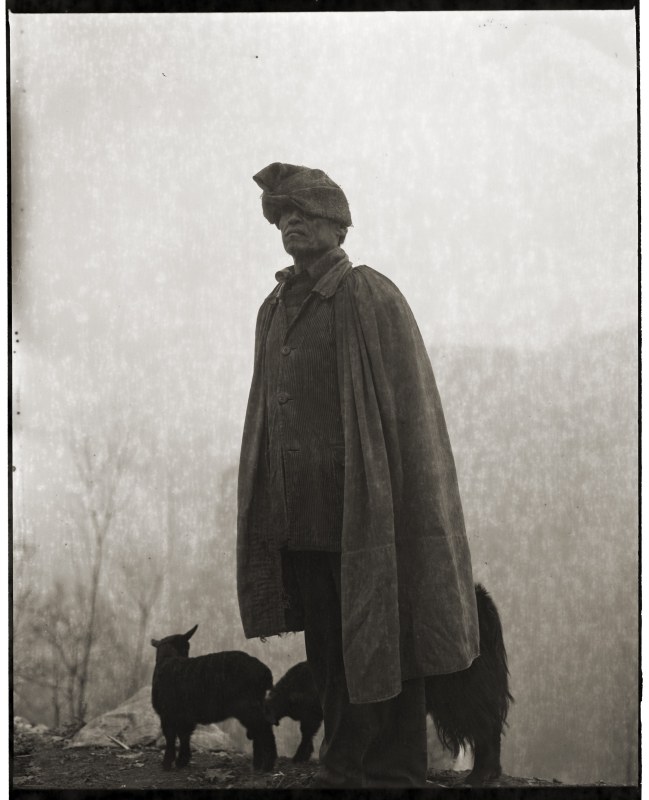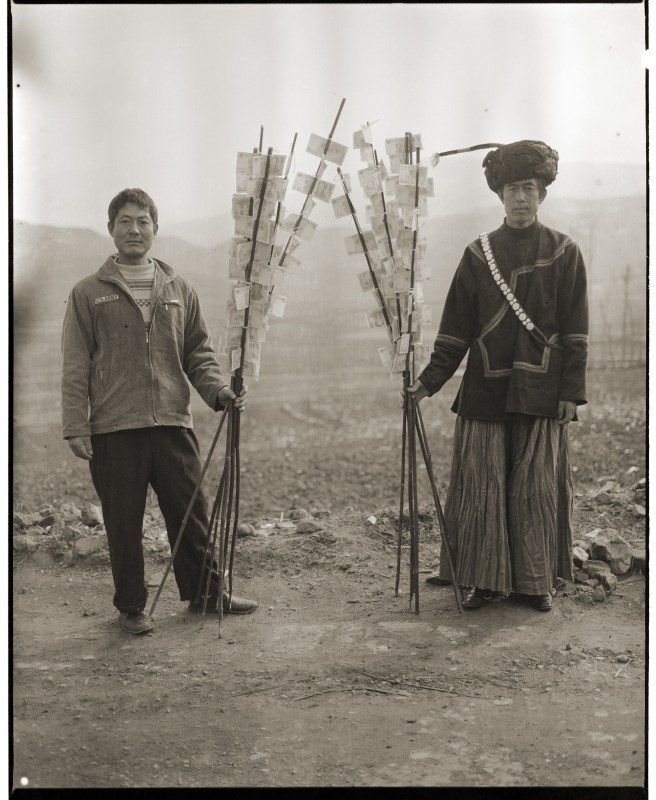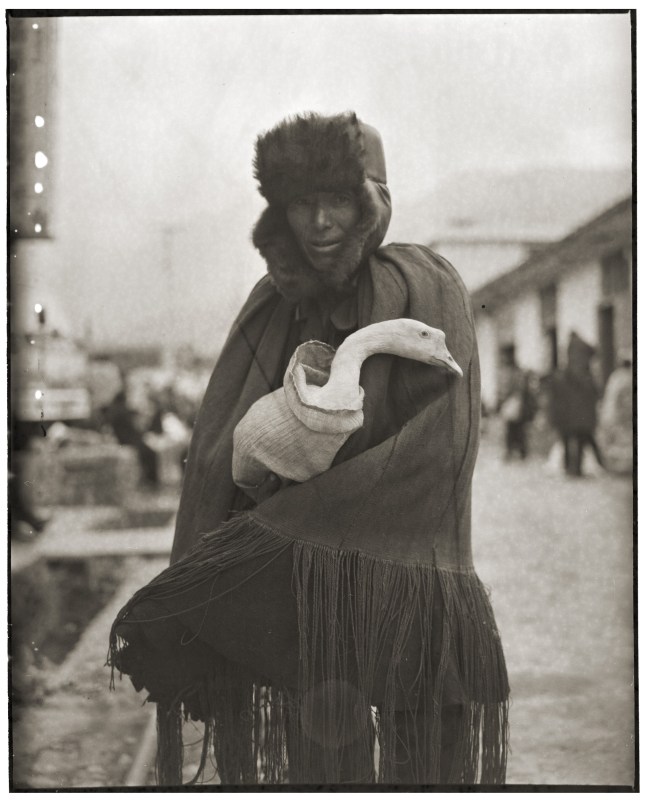About the artist
Adou was born in Mianyang, Sichuan Province, and he currently lives and works in Chengdu. In 1995, he graduated with a degree in art from Sichuan Aba Normal College. Since 2009, he has participated in numerous exhibitions, including “Different Sight”, Chengdu, China(2009); “Photography Now: China”, Japan, Korea; San Francisco Museum of Modern Art, San Francisco, USA(2009); “Still Life” , Europalia: China International Art Festival, Brussels, Belgium (2009-2010); “Where in the World” , Pace/MacGill Gallery, New York, USA(2010; “Rising Dragon: Contemporary Chinese Photography”, Katonah Museum of Art, Katonah, USA(2012).
If today’s world is saturated with digital images, the Sichuanese photographer Adou prefers to disregard this paradigm shift so that to deliberately use analogue photography. Adou is behind and in front of the camera. He travels across Chinese provinces with the aim of finding introspection, becoming more optimistic, and putting reality in a new dimension. While Samalada (2006) offers atemporal visions of his native place, his series Adou explores several hinterland provinces, such as Gansu, Mongolia, and Qinghai among others. These photographs evoke the encounter of man with nature. The artist plays with the textural effects of desert lands, the waves caused by the chemicals reaction, and uses rather expressionist angles, which all seem to create an almost mystical atmosphere. His photographs also demonstrate that the body and the performance seem to be still at the heart of things in Chinese contemporary art.
About the work
Inspired by the documentary photography of Julia Margaret Cameron, Robert Frank, and August Sander, Adou began photographing the people and places of China’s Western provinces. The “Samalada” series depicts the Yi ethnic minority in the artist’s native Sichaun Province. The series’ title is a direct translation of the native name for Da Liang Mountain, the barren area bounded by rivers and mountains in which Adou took these photographs.
Using expired film to produce mottled, dappled images reminiscent of the most primitive of analog processes, Adou captures the Yi people’s struggle to exist and maintain their ancient customs. In depicting a time and place that is rapidly disappearing, his richly-toned photographs become meditations on life and death, past and present. Simultaneously anonymous and self-reflective, they are visual expressions of Adou’s cultural identity, and thus of the artist himself. In speaking about his work, Adou explains:
"There is no difference between taking a picture of others and myself. The camera may be pointed outward, but whether you like it or not, it always reveals you."




